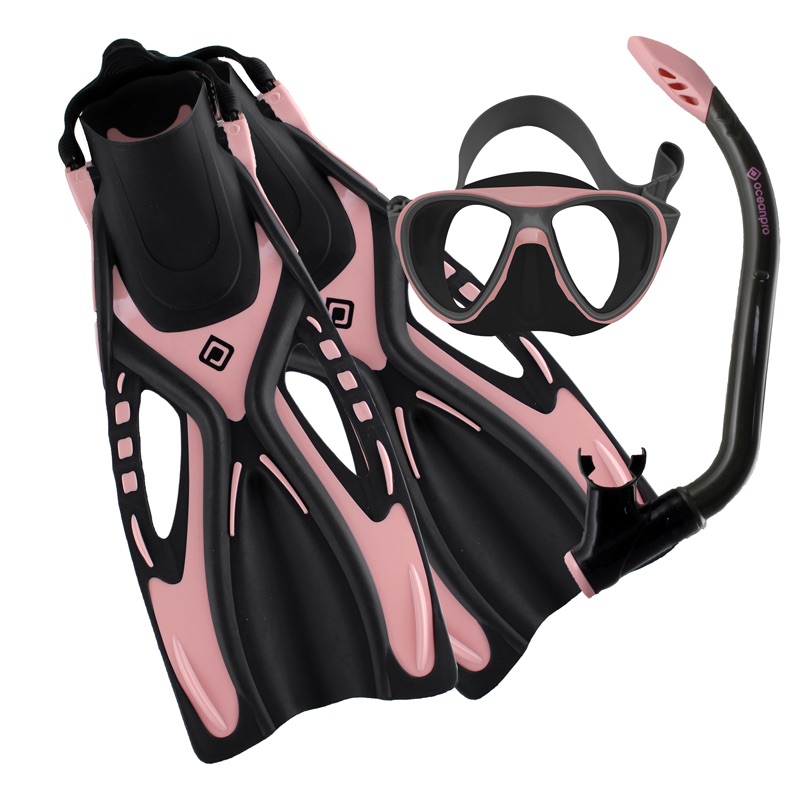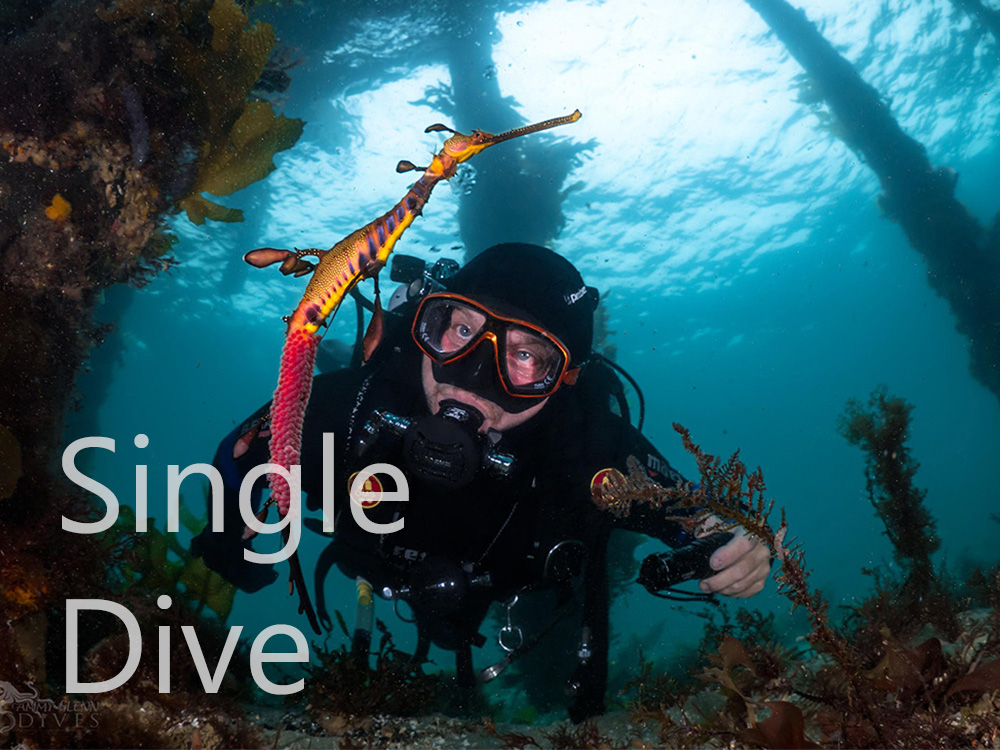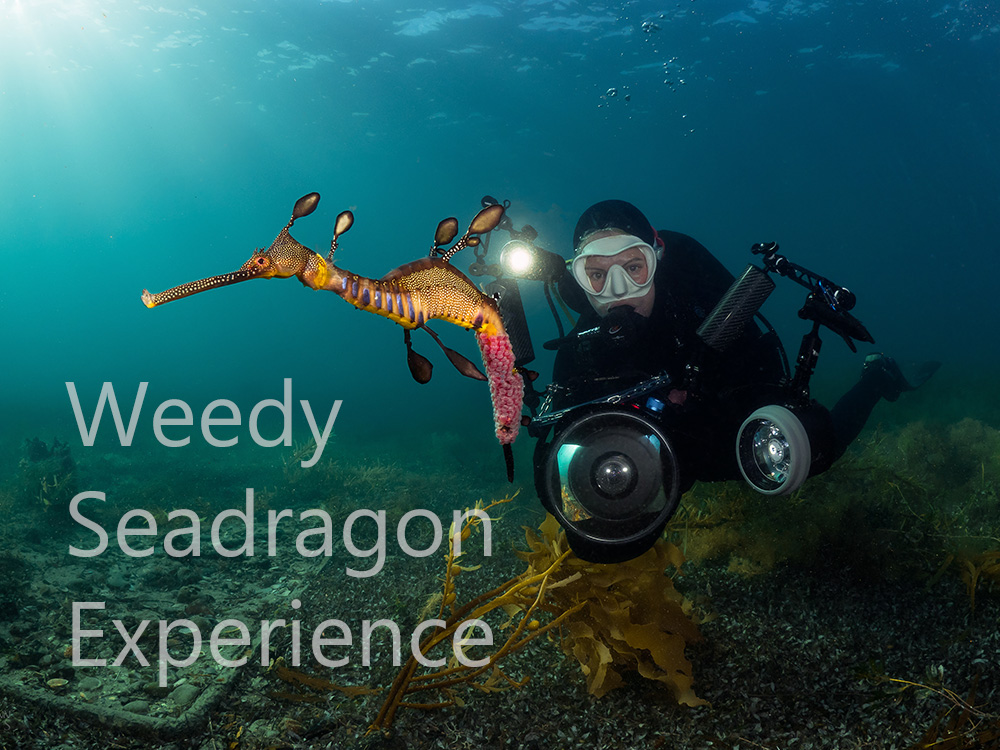Navigation
The Full Foot fin, or sometimes called closed heel or slipper style, is one that is worn barefoot and is much the same as putting on a regular slip-on shoe. Full foot fins are usually designated for warm water use such as in the tropics. This design offers no thermal insulation for the feet which is why it is also referred to as a warm water design.
With respect to sizing, the full foot heel does not have any adjustments so the range of feet that it fits is less than that of open heel fin styles. Those people with wider feet may also have issues with the full foot styling as the foot pockets are built to accommodate widths that are most common for the length of the foot of each size offered. People with high arches may find issue with the full foot design, due to the part of the pocket that covers the top of the foot which is, again, designed for the average foot. The pocket may cause stress by pushing downward making the fit uncomfortable.
Need more information? Then please check out our Snorkelling Fins Buying Guide.
Waterloo Point
![]() Reef Dive |
Reef Dive | ![]() Boat access
Boat access
![]()
![]()
![]()
![]()
![]()
Depth: 5 m (16 ft) to 30 m (98 ft)
Level: Advanced Open Water and beyond.
Waterloo Point is an easy boat dive site on the eastern side of Wilsons Promontory. It marks the south-eastern end of Waterloo Bay and lies in the Wilsons Promontory Marine National Park facing north-east into Bass Strait.
Waterloo Bay was named by Captain John Lort Stokes in 1842 when he sailed HMS Beagle into the bay on the anniversary of the battle of Waterloo.
Diving at Waterloo Point
The remote Waterloo Point boat dive site is a relatively easy reef dive on a weed-covered bottom. The bottom consists of a gently sloping boulder field with plenty of small crevices to explore. There is a noticeable current towards the point.
Ideal Conditions: Waterloo Point is best dived with calm seas, no swell and no wind. Light offshore south-westerly winds may be acceptable. Avoid strong onshore north-westerly to southerly winds. All of the headlands in the area subject to currents, so best dived at slack water. See WillyWeather (Waterloo Point) as a guide for the tide times and the height of the tide.
Bass Strait Warning: Always keep an eye on sea conditions throughout any shore or boat dive in Bass Strait on Victoria's coastline. Please read the warnings on the web page diving-in-bass-strait before diving or snorkelling this site.
Wilsons Promontory Marine National Park
This site lies in Wilsons Promontory Marine National Park, Victoria's largest marine sanctuary. There is a huge diversity of marine life within the waters at the Prom. Brilliantly coloured fish are present such as the Red Velvetfish, Eastern Blue Groper and Wrasse as well as Leafy Seadragons and schools of Barber Perch. Intertidal molluscs such as limpets and snails, as well as anemones, brittlestars and seastars, are also common within the waters.
Divers will experience fascinating sponge gardens which consist of a techni-coloured assemblage of sponges, sea tulips, sea whips, lace corals and seafans. Octopus emerge at night whilst sharks and rays roam the sandy areas.
The offshore islands support many colonies of fur seals and oceanic birds such as Little Penguins, Fairy Prions, Silver Gulls and Pacific Gulls.
See also, Parks Victoria: Wilsons Promontory Marine National Park,
Park Note: Wilsons Promontory Marine National Park, and
Wikipedia: Wilsons Promontory Marine National Park.
You are not permitted to carry a spear gun while snorkelling or scuba diving in Wilsons Promontory Marine National Park.
Traditional Owners — This dive site is in the traditional Country of the Boon Wurrung / Bunurong people of the Kulin Nation. This truly ancient Country includes parts of Port Phillip, from the Werribee River in the north-west, down to Wilson's Promontory in the south-east, including the Mornington Peninsula, French Island and Phillip Island, plus Western Port. We wish to acknowledge the Boon Wurrung as Traditional Owners. We pay respect to their Ancestors and their Elders, past, present and emerging. We acknowledge Bunjil the Creator Spirit of this beautiful land, who travels as an eagle, and Waarn, who protects the waterways and travels as a crow, and thank them for continuing to watch over this Country today and beyond.
Waterloo Point Location Map
Latitude: 39° 5.316′ S (39.088602° S / 39° 5′ 18.97″ S)
Longitude: 146° 26.548′ E (146.442468° E / 146° 26′ 32.88″ E)
Datum: WGS84 |
Google Map
Added: 2022-04-22 23:11:21 GMT, Last updated: 2022-04-22 23:13:02 GMT
Source: Google Earth
Nearest Neighbour: Cheviot, 980 m, bearing 347°, NNW
Wilsons Promontory Marine National Park.
Depth: 5 to 30 m.
[ Top ]
DISCLAIMER: No claim is made by The Scuba Doctor as to the accuracy of the dive site coordinates listed here. Should anyone decide to use these GPS marks to locate and dive on a site, they do so entirely at their own risk. Always verify against other sources.
The marks come from numerous sources including commercial operators, independent dive clubs, reference works, and active divers. Some are known to be accurate, while others may not be. Some GPS marks may even have come from maps using the AGD66 datum, and thus may need be converted to the WGS84 datum. To distinguish between the possible accuracy of the dive site marks, we've tried to give each mark a source of GPS, Google Earth, or unknown.
Copyright © 2005-2022 by The Scuba Doctor Australia, ABN 88 116 755 170. All rights reserved.
tel. +61 3 5985 1700 :: email. diveshop@scubadoctor.com.au :: Web site by it'sTechnical 2022





















![Halcyon Infinity 30lb System [SS Small Backplate] Halcyon Infinity 30lb System [SS Small Backplate]](/diveshop/images/halcyon/Halcyon-Evolve-Wing.jpg)

















































































































